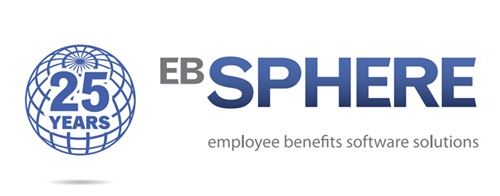Sisamkele Kobus, Fixed Income Analyst at Ninety One
South Africa’s reform agenda continues to momentum. The latest Medium-Term Budget Policy Statement (MTBPS) not only met expectations but surpassed them, signaling that government’s commitment to structural and fiscal reform is becoming more credible and more comprehensive.
In many ways, the MTBPS marks a shift from rhetoric to results. What began under Operation Vulindlela as a focused push to reform key network industries has now evolved into a far-reaching programme that tackles municipal inefficiencies, service delivery, and even logistics reform, with plans to open the rail network to private operators. Importantly, macroeconomic policy and budget discipline are once again taking center stage, providing a foundation for stability and growth.
The announcement of a formal adoption of a 3% point inflation target, with a one-percentage-point tolerance band, is one of the most significant policy developments in years. This decision, combined with a continued commitment to fiscal consolidation, reflects a clear shift towards a more predictable, rule-based policy framework. It’s a bold step and one that aligns South Africa more closely with the policy orthodoxy of credible emerging markets.
Yet, what truly surprised in this MTBPS was not the policy direction itself, but the pace and breadth of reform implementation. The Targeted and Responsible Savings (TARS) programme, launched just months ago, is already showing measurable progress. Nearly 9,000 potential “ghost worker” cases have been identified through coordinated efforts between the National Treasury, SARS, DPSA, and Home Affairs. A verification process starting early next year will determine the extent of the problem, but the signal is clear: the state is taking accountability and efficiency seriously.
Equally encouraging is Treasury’s review of the public sector wage bill and the long-overdue examination of Sector Education and Training Authorities (SETAs). With around R25 billion allocated annually across fragmented structures, the potential for efficiency gains is substantial. While political buy-in remains a challenge, the willingness to confront these entrenched inefficiencies represents genuine progress.
One of the standout reforms is the Procurement Payment Dashboard, a seemingly small but transformative initiative. By publishing supplier ownership details and payment data, this platform will introduce much-needed transparency into a system long plagued by corruption and inflated tenders. For taxpayers and investors alike, it’s a major step toward rebuilding trust in public spending.
On the fiscal front, Treasury has maintained its cautious stance, penciling in R19 billion in additional revenue for FY25/26 while trimming expectations in later years due to lower inflation. Non-interest expenditure will rise modestly this year, largely to accommodate health, education, and provincial population adjustments. Encouragingly, debt-servicing costs are now expected to rise by an average of just 3.8%, a significant improvement on previous estimates.
While these numbers paint a broadly positive picture, the path ahead is not without risks. The MTBPS leaves little room for shocks, whether from weaker global growth, lower commodity prices, or political instability. Much hinges on the successful execution of the announced savings and reforms. Failure to deliver could undermine the credibility gains achieved so far.
Still, taken together, this budget signals intent. That matters. After years of policy drift and fiscal uncertainty, the combination of tighter monetary discipline, targeted savings, and transparent governance reforms represents a turning point. For investors and citizens alike, it offers cautious optimism that South Africa is moving, at last, from reform talk to reform action.
If the government sustains this momentum, it will not only bolster the case for a sovereign ratings upgrade but, more importantly, lay the groundwork for stronger, more inclusive growth.
ENDS

























































































